A foodie tour of Emilia Romagna, where Parma ham and proper Parmesan are washed down with Lambrusco
The real Parmesan cheese, true Parma ham and Traditional Balsamic Vinegar, all confined to one region of production. Alexandra Fraser paid a visit.
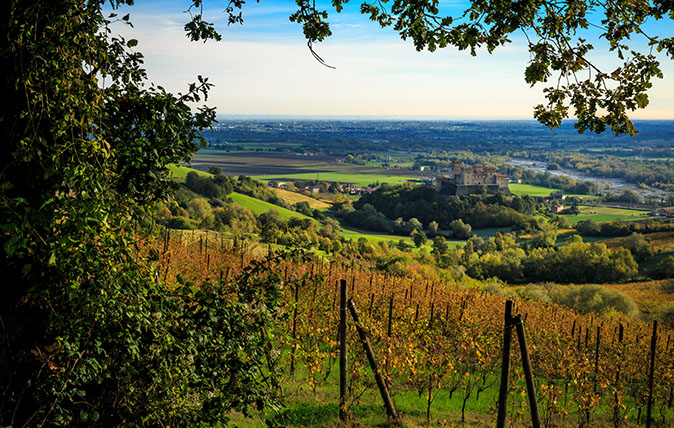

A trip to Italy is a pretty much unbeatable destination for the culinary connoisseur – or indeed, for any budding foodie who enjoys good grub. And while the culinary delights of Rome and Tuscany are famous, Emilia Romagna has been less successful getting its name out there as a must-visit spot for food-lovers – despite the fact that it's the region with the greatest number of protected destination of origins and protected geographical indications in Italy.
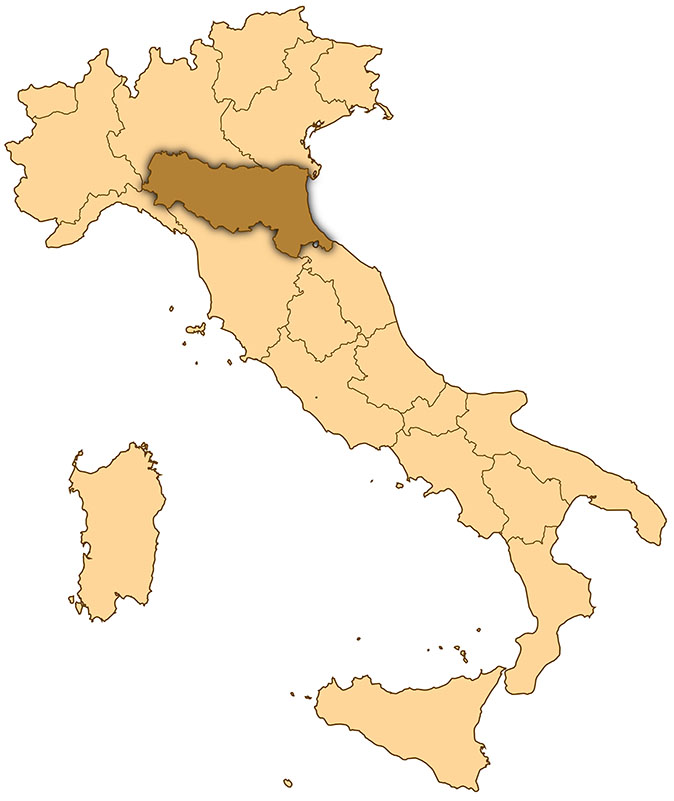
The region is defined by Via Emilia (Northern Italy’s answer to Hadrian’s Wall) which has run across the northern plains of Italy since the Romans built it in 187 BC and connects Modena, Reggio Emilia and Parma, all equally spaced around 30km from each other (the distance a Roman army was expected to march each day).
Each city has its own unique story; the first Italian flag was designed in Reggio Emilia, for example, while the stunning Duomo in Modena was one of the few medieval churches that allowed both genders to worship equally together.
Then there's Bologna, the city which boasts the world's oldest university.
For this trip, however, these joys were just the backdrop for my experience. Instead, after checking in to the Albergo delle Notarie in Reggio Emilia – very pleasantly tucked into a side street off the main square, minutes away from the heart of the town but with little noise pollution – it was time to head out and enjoy the region's best food and drink.
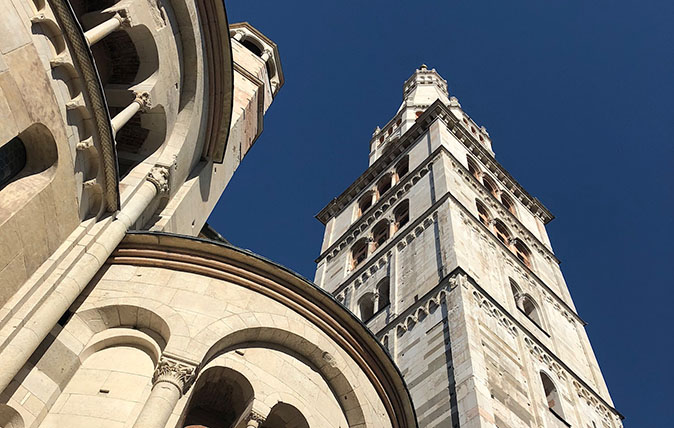
Food and drink
Lambrusco
This Italian sparkling red, it's fair to say, hasn't always had the best reputation in the UK. But, perhaps buoyed by the success of Prosecco, the makers of Lambrusco are making an effort to up their standards and get this wine on the map.
We paid a visit the Cleto Chiarli vineyard in Castelvetro to view the entire production process of Lambrusco from vine to bottle and taste the final product metres away from the rows of grapes which grace the estate’s 50 hectares of grasparosa. Their Quinto Passo Rosé Brut is a delightfully light sparkling wine, perfect when served chilled on a sunny day before lunch.
Sign up for the Country Life Newsletter
Exquisite houses, the beauty of Nature, and how to get the most from your life, straight to your inbox.
You may come upon one of the Mr Chiarlis, who run the company set up by their grandfather Cleto in 1860.
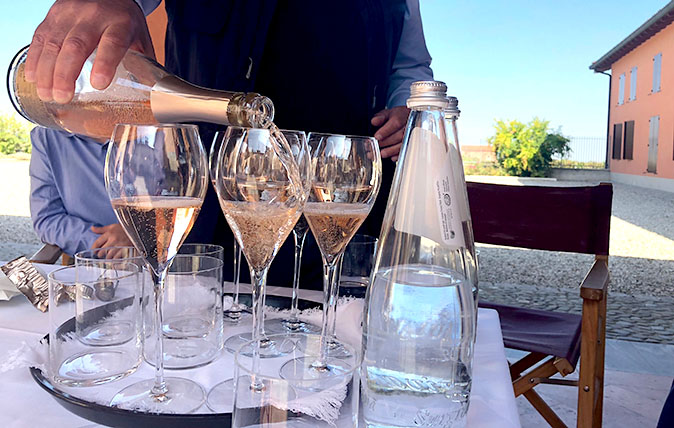
Parmesan cheese
Order Parmigiano-Reggiano at any restaurant in the region – strict production standards will ensure you always get the real thing.
The one variable is the ages of the cheese: to be a true Parmigiano it must be aged at least 12 months. Most stronger wheels are aged between 18 and 24 months. Be sure to check the side of the wheel - wheels which do not meet guidelines have their Parmigiano-Reggiano stamps removed.
Traditional Balsamic vinegar
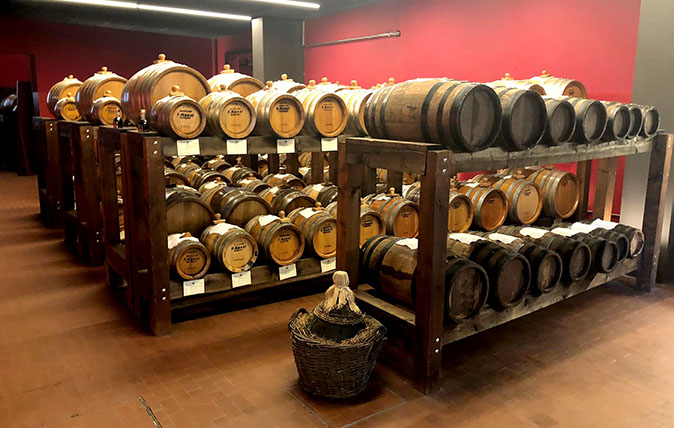
Not all vinegars are created equal. Aceto Balsamico Traditionale comes in two categories: one aged for a minimum of 12 years, the other for a minimum of 25. One producer, Aceto Balsamico Traditionale del Duca, is still bottling vinegar from barrels made in 1897.
Like the Chiarlis, the Grosoli founders of del Duca are still very much on the scene – you may even be lucky enough to be shown around by Adriano Grosoli’s daughter or granddaughter.
'Ebazzone Riggiano' -
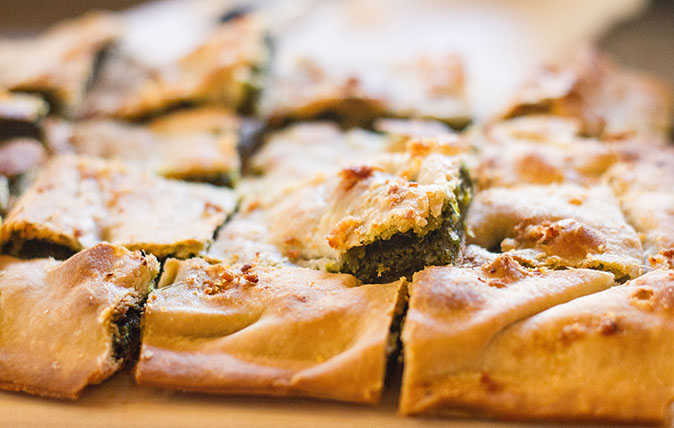
Ebazzone Riggiano is one of the most typical snacks of the region. A thin, savoury pie filled with chard or spinach (sometimes both), a small amount of parmigiano, brushed with lard and baked. Reggio Emilia locals flock to Panificio Melli to purchase it, a bakery-turned-restaurant just off the main square.
Melli also makes fantastic pasta, try tortelli verdi or torelli zucca (egg pasta stuffed with spinach or pumpkin) with a glass of their many house wines. If you’re looking for something heartier, try cappelletti in brodo, pasta stuffed with various meats, served in a warm broth.
Parma ham
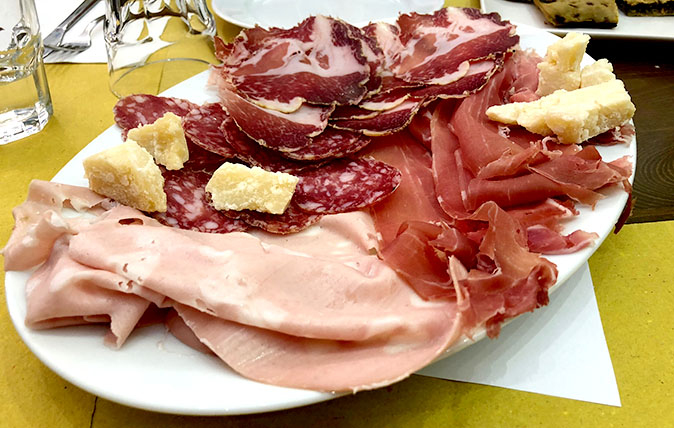
In region of Parma ham you will never be disappointed ordering a plate of cured meats; locals often order a larger platter to eat with friends. Try the Antica Salumeria Giorgio Pancaldi, where they have been serving only the best Parma ham of the region for over 70 years. Like with Parmigiano-Reggiano, the mark of a true parma ham is branded into the side of the meat after it has been aged - Sig. Giorgio proudly displays his best quality ham throughout the shop.
If you are served warm bread with your platter, start with the lightest meat first and feel it melt in your mouth.
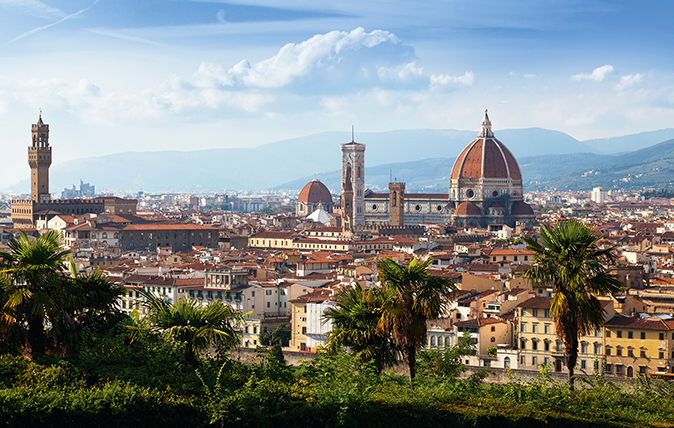
Florence: The destination for an art lover
Emma Hughes visits the Tuscan capital.
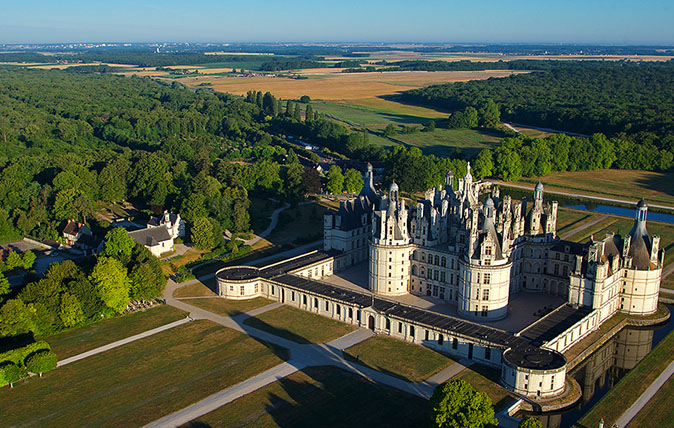
Credit: Relais de Chambord
Le Relais de Chambord: The hotel in the shadow of a masterpiece
A new hotel opens on the grounds of the Châteax de Chambord, allowing visitors to bask in the glory of

Credit: © Capri Palace Hotel
Capri Palace Hotel review: 'A calm, discreet and stylish oasis from the outside world'
Paula Lester discovers the high life at the seriously stylish Capri Palace hotel on the glamorous island of Capri, off
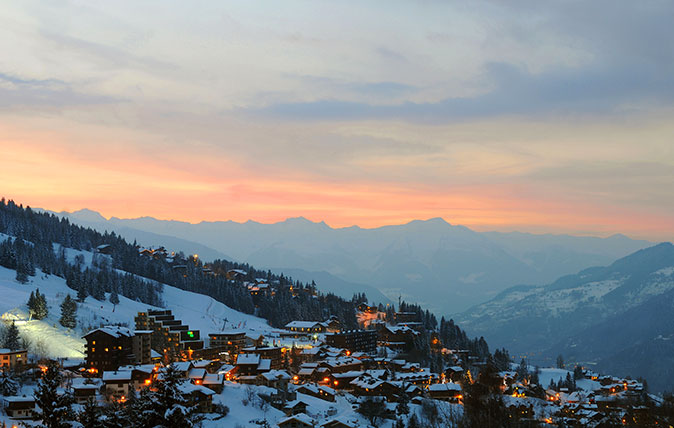
Courchevel: 150km of perfect skiing, beautiful chalets and a farmhouse restaurant cut into the side of a mountain
Kate Green, who has been skiing in Courcheval for 30 years, explains why the French resort still cuts it.
-
 Five beautiful homes, from a barn conversion to an island treasure, as seen in Country Life
Five beautiful homes, from a barn conversion to an island treasure, as seen in Country LifeOur pick of the best homes to come to the market via Country Life in recent days include a wonderful thatched home in Devon and a charming red-brick house with gardens that run down to the water's edge.
By Toby Keel Published
-
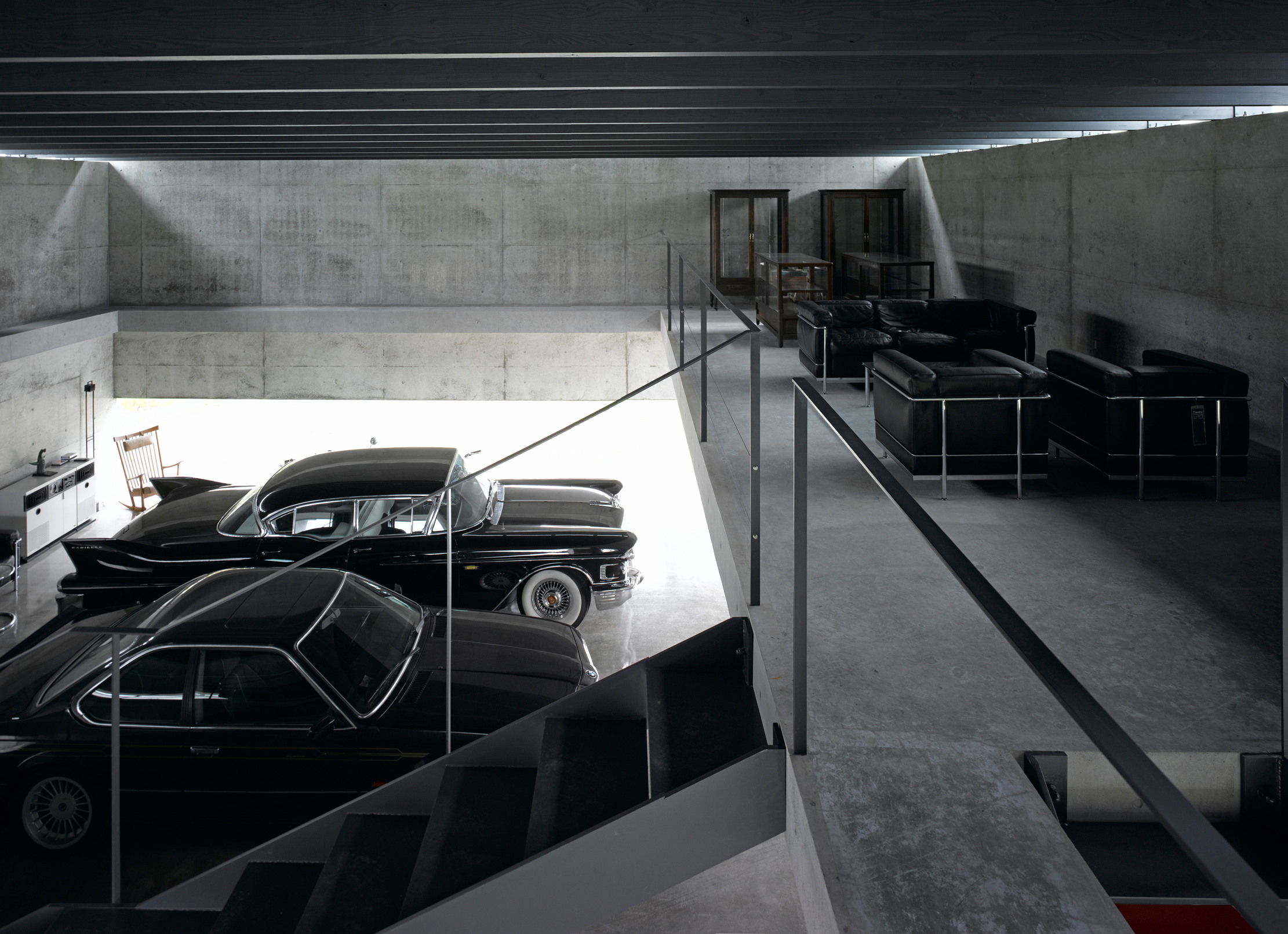 Shark tanks, crocodile lagoons, laser defences, and a subterranean shooting gallery — nothing is impossible when making the ultimate garage
Shark tanks, crocodile lagoons, laser defences, and a subterranean shooting gallery — nothing is impossible when making the ultimate garageTo collectors, cars are more than just transport — they are works of art. And the buildings used to store them are starting to resemble galleries.
By Adam Hay-Nicholls Published